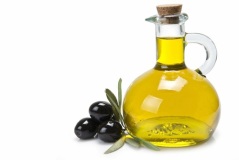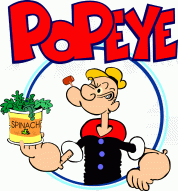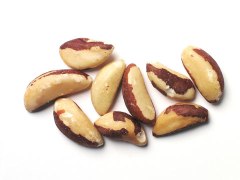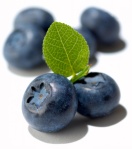Good morning World!
Happy Valentine’s Day to all you romantics out there!
♥ ♥ ♥ ♥ ♥ ♥ ♥ ♥
 Staying young. It’s something most of us want to do, but as time goes by, things start to go haywire…an ache here or there, age spots, hair thinning or going grey, you can’t move as fast as you used to, you get annoyed at young people and you find yourself at the doctor’s office more than you want. It can’t be helped…we all grow older.
Staying young. It’s something most of us want to do, but as time goes by, things start to go haywire…an ache here or there, age spots, hair thinning or going grey, you can’t move as fast as you used to, you get annoyed at young people and you find yourself at the doctor’s office more than you want. It can’t be helped…we all grow older.
Some say ‘you’re only as old as you feel!’ which is fine as long as you ‘feel’ about 21 even when you’re nearly 3 times that age. But some aren’t so lucky and do feel their actual age.
So what or who do you blame? Was it due to all those late nights when you were younger? Too much booze or cigarettes or even drugs? Is it mom and dad’s fault?
Actually, genes account for only about 25% of aging, so what you eat could possibly make a huge difference in how you’ll feel when you get ‘over the hill’ if you aren’t there already. Here’s how to adjust your food intake and get smoother skin, a faster brain and some other youth boosters…
Youth Benefit: Less wrinkled skin
Australian researchers found that those who regularly ate olive oil along with fish and veggies had, on average, 20% fewer wrinkles than those who did not. This may seem just a cosmetic benefit, but an American trial recently linked deeper wrinkles with increased risk of osteoporosis.
Youth Benefit: Healthy eyes
An antioxidant that protects the retina against damage from years of exposure to sunlight is lutein. The high lutein in spinach is specifically related to lowered risk of macular degeneration (MD). To help protect eyes, the MD Society recommends eating two to four servings of lutein-rich leafy green veggies a week such as spinach and kale. Pour olive oil over greens as lutein is fat-soluble and therefore better absorbed if eaten with a little fat.
ONIONS
Youth Benefit: Lower inflammation
Onions, especially the red ones, are useful in avoiding arthritis, diabetes, cancer and heart disease. Controlling inflammatory status may allow a better chance of successful aging. Quercetin is the nutrient in onions that help with anti-inflammatory. Other foods with quercetin are citrus fruits, apples and sage.
Youth Benefit: All-around anti-aging
Brazil nuts get high marks for anti-aging on account of their very high content of selenium, a vital antioxidant mineral. According to the UK government’s 2011 National Diet and Nutrition Survey, many of us do not get enough of this mineral, with women over 65 faring worst. Low selenium status has been associated with increased risk of mortality, poor immune function and cognitive decline. Just 25g/¾oz (a handful) daily, will significantly boost your selenium level.
Youth Benefit: A clear mind
Blueberries could play a role in healthy cognitive function. Research found a 200g dose sustained people’s ability to perform tests of short-term memory and concentration. The berries are rich in a powerful antioxidant called anthocyanin, which may help protect brain cells and arteries and keep blood flowing to the brain. Cranberries and pomegranates contain similar levels of anthocyanin.
BROCCOLI
Youth Benefit: Cancer protection
Cruciferous veggies like broccoli contain glucosinolates, which form anti-cancer chemicals. When researchers added juiced broccoli to precancerous cells, they found the survival rate of these cells was reduced by 95%. Other studies have shown that these anti-cancer chemicals may also reduce levels of estrogen derivatives that stimulate breast tumors. Other cruciferous veggies include cabbage, cauliflower, kale, radishes and watercress.
RED WINE
Youth Benefit: Heart health
Research shows moderate imbibers of any type of alcohol (one or two units a day) tend to live longer than both abstainers and heavy drinkers. Alcohol can also increase the ration of ‘good’ (HDL) to ‘bad’ (LDL) cholesterol in blood vessel walls. Stick to no more than 150ml/5fl oz of wine per day. Other foods that provide these flavonoid benefits without the alcohol are 70% cocoa chocolate, red grapes and red apples.
Other foods for staying young include OILY FISH such as mackerel, salmon and sardines which contain the anti-inflammatory omega-3 fatty acids for healthy joints, STRAWBERRIES for healthy arteries and CARROTS for a strong immune system.
So avoid junk food, eat healthy and stay young!












